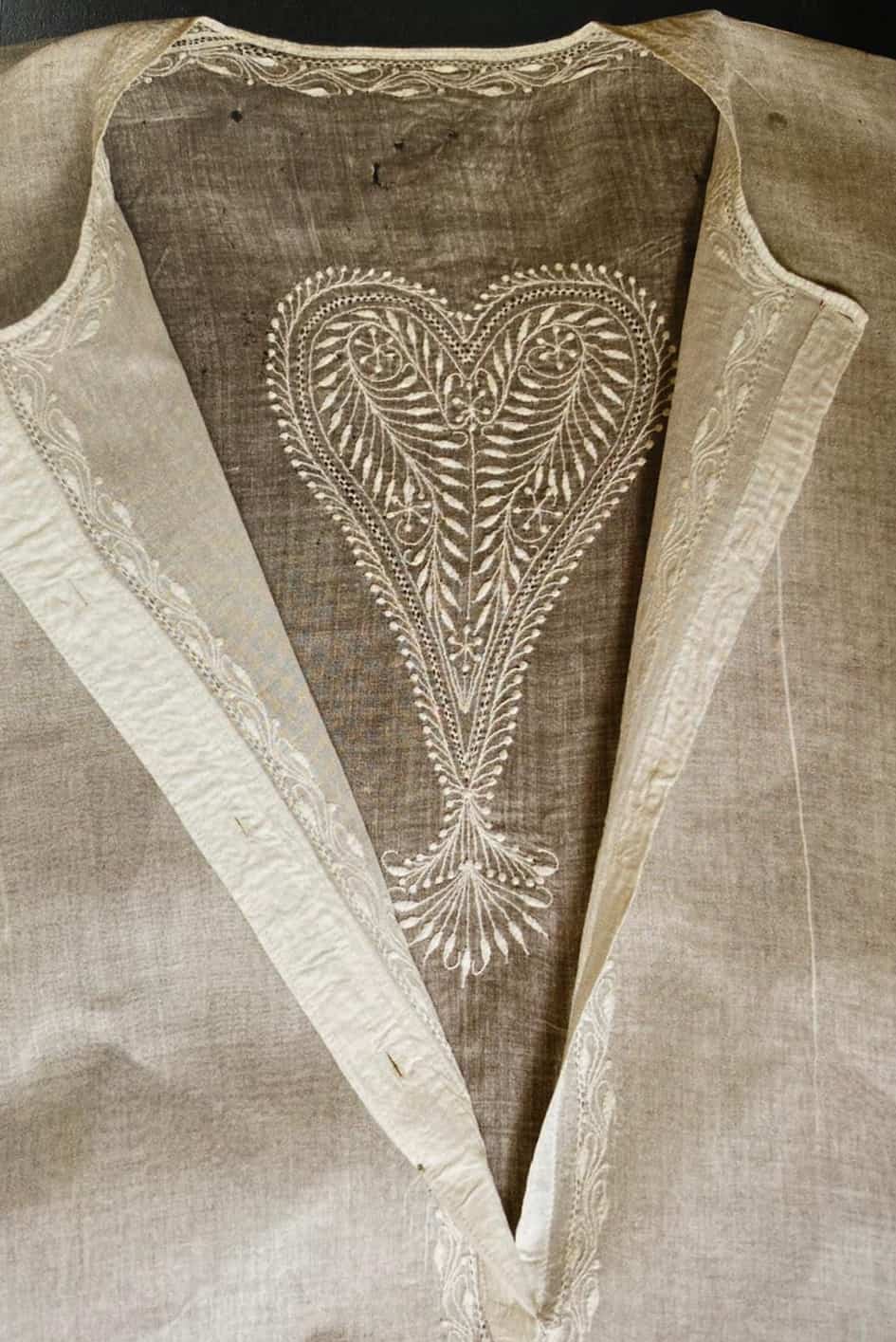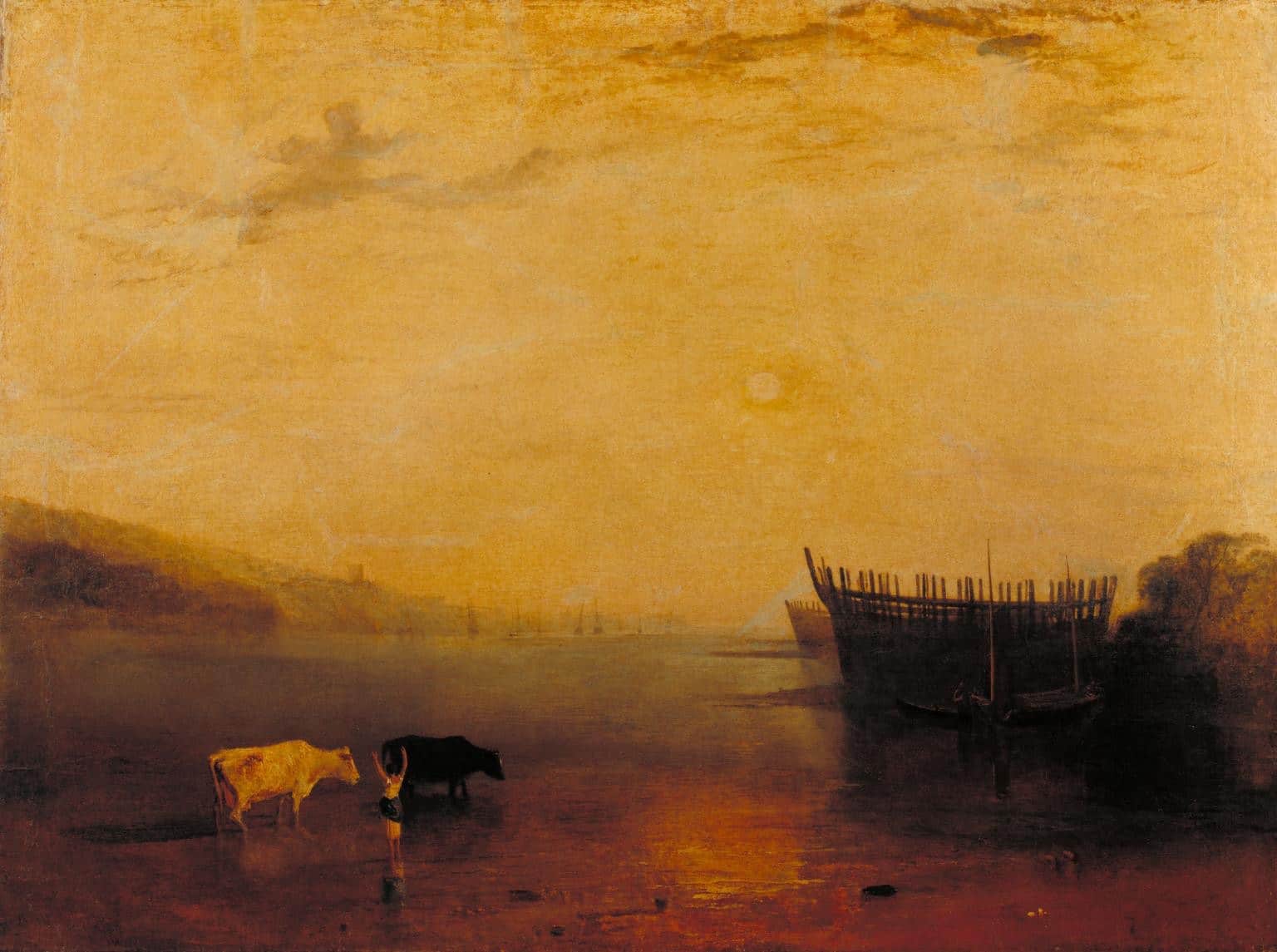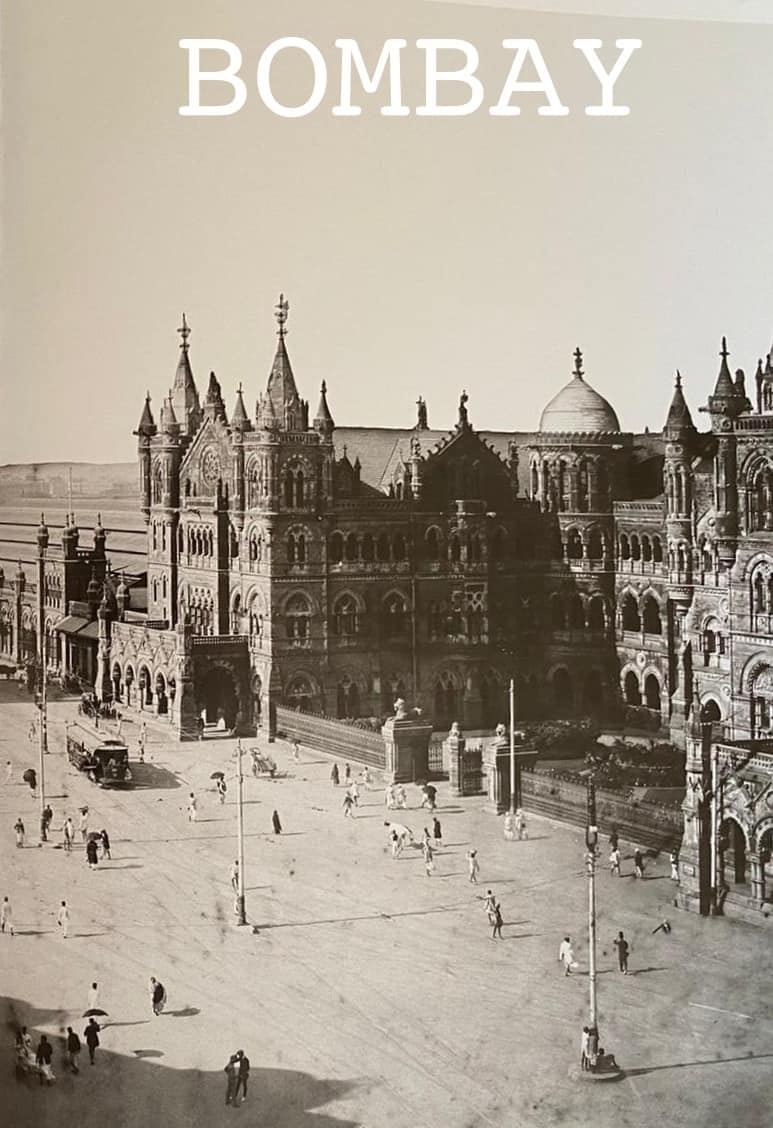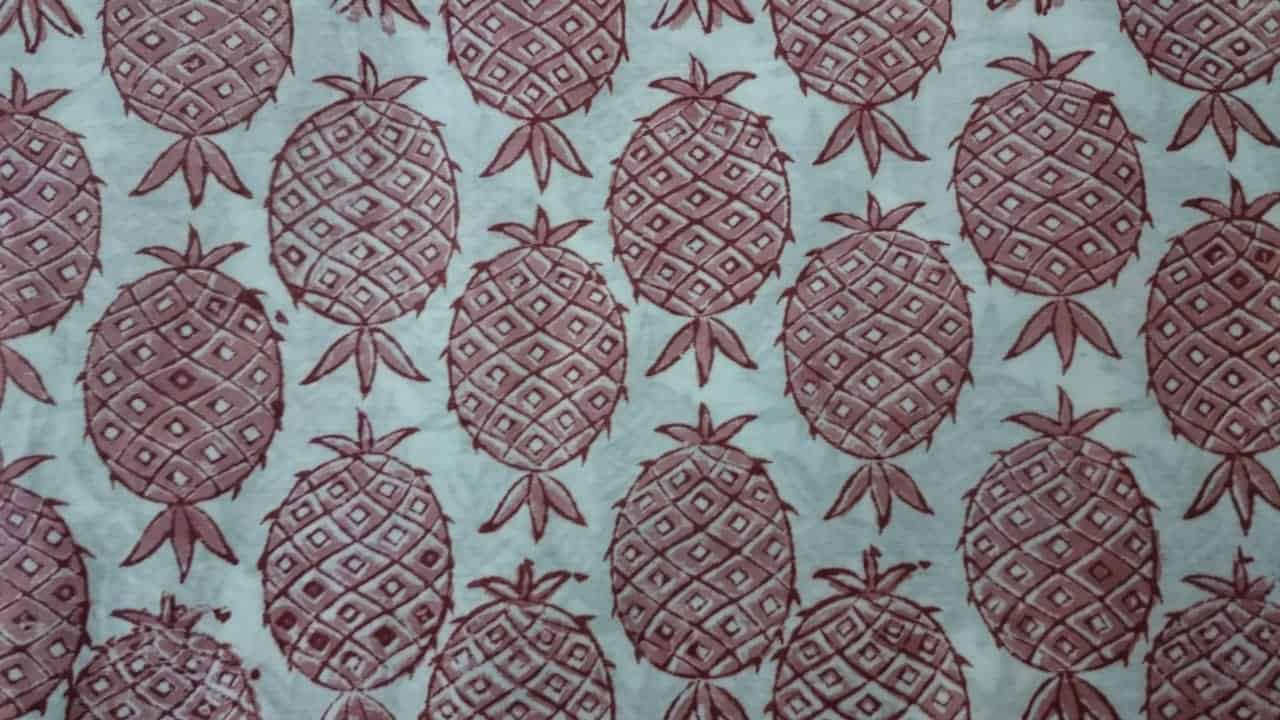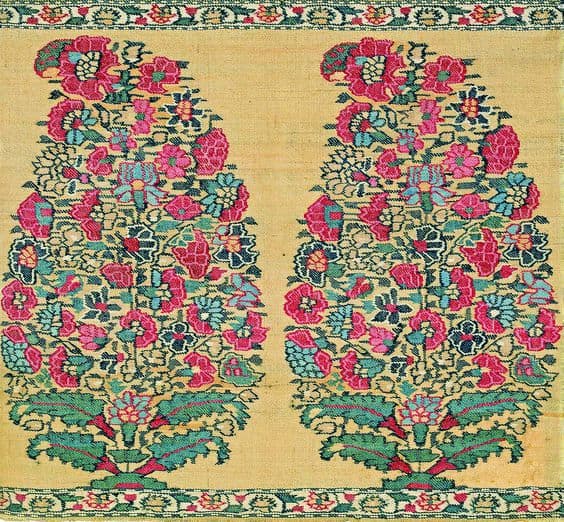16 Sep Book Review on Chikankari Embroidery, A Lucknawi Tradition by Paola Manfredi
[vc_row css_animation="" row_type="row" use_row_as_full_screen_section="no" type="full_width" angled_section="no" text_align="left" background_image_as_pattern="without_pattern" css=".vc_custom_1600305828560{padding-right: 15px !important;}" z_index=""][vc_column offset="vc_col-xs-12"][vc_column_text]
Chikankari Embroidery, A Lucknawi Tradition.
As I turned the pages of Paola Manfredi’s pioneering book on the past and present of Chikankari Embroidery, one of the most luxurious and evergreen traditional embroideries from the Indian Subcontinent, I feel proud of the culture that has patronized the excellent details and flair for this artistry. Nonetheless, the attention to detail is so nuanced( whether it is a small-cap or a full bodice) that I believe it will be an injustice to the research and images shared in the book if one attempts to discern everything in one read.


